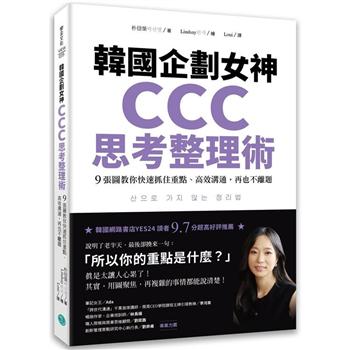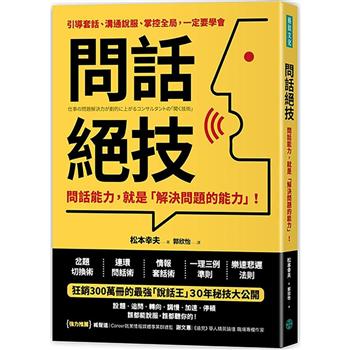| FindBook |
|
有 4 項符合
Yaraak Publishing House的圖書 |
 |
$ 824 | The Flame of Clarity: Reclaiming the Creed in an Age of Confusion
作者:Raji 出版社:Yaraak Publishing House 出版日期:2025-06-04 語言:英文 規格:平裝 / 108頁 / 22.86 x 15.24 x 0.56 cm / 普通級/ 初版  看圖書介紹 看圖書介紹
|
 |
$ 824 | The Power of the Ordinary Citizen: How Everyday People Shape History, Economy, and Society
作者:Raji 出版社:Yaraak Publishing House 出版日期:2025-05-29 語言:英文 規格:平裝 / 274頁 / 22.86 x 15.24 x 1.47 cm / 普通級/ 初版  看圖書介紹 看圖書介紹
|
 |
$ 824 | Voice of a Revolution: The Life of Abdul Rahman Yusuf Al-Qaradawi
譯者:Ameen,Layla 出版社:Yaraak Publishing House 出版日期:2025-01-11 語言:英文 規格:平裝 / 386頁 / 22.86 x 15.24 x 2.03 cm / 普通級/ 初版  看圖書介紹 看圖書介紹
|
 |
$ 824 | Digital Outreach for Islamic Organizations: A Comprehensive Guide to Social Media, SEO, and Community Engagement
作者:Raji 出版社:Yaraak Publishing House 出版日期:2024-12-29 語言:英文 規格:平裝 / 86頁 / 22.86 x 15.24 x 0.46 cm / 普通級/ 初版  看圖書介紹 看圖書介紹
|
|
|
|











